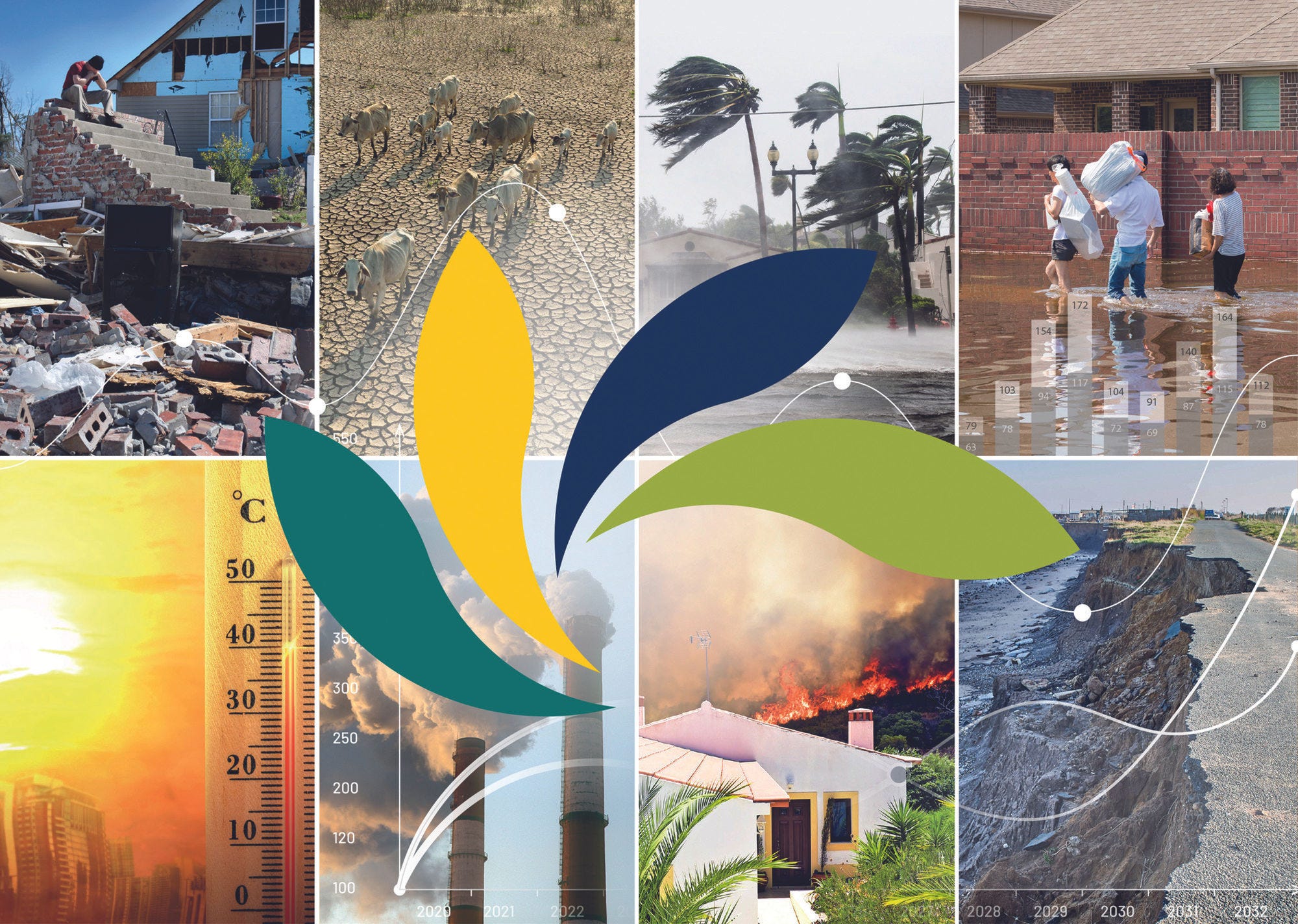This is the third edition of The Climate Action Monitor. It is an annual publication by the OECD prepared by the International Programme for Action on Climate (IPAC) team that provides key insights on global climate action, building on the IPAC Dashboard of climate-related indicators as well as other OECD, IEA, ITF and NEA research and data. IPAC deliverables, including this report, complement and support the United Nations Framework Climate Change Convention (UNFCCC) and Paris Agreement monitoring frameworks by reviewing key trends and developments and assessing progress in countries’ climate policies.
IPAC supports countries in making informed decisions and allows stakeholders to measure improvements more accurately. IPAC focuses on developing country-level indicators for 51 countries. The countries covered under IPAC are: all 38 OECD member countries (Australia, Austria, Belgium, Canada, Chile, Colombia, Costa Rica, Czechia, Denmark, Estonia, Finland, France, Germany, Greece, Hungary, Iceland, Ireland, Israel, Italy, Japan, Korea, Latvia, Lithuania, Luxembourg, Mexico, Netherlands, New Zealand, Norway, Poland, Portugal, Slovak Republic, Slovenia, Spain, Sweden, Switzerland, Türkiye, United Kingdom, United States), key partner economies (Brazil, People’s Republic of China, India, Indonesia, South Africa), six prospective members (Argentina, Brazil, Bulgaria, Croatia, Peru, Romania), other G20 countries (Saudi Arabia) and Malta. While the Russian Federation is not an IPAC member, it is included in IPAC emission totals as part of IPAC’s global monitoring effort.
This report presents data for countries covered under IPAC referred to collectively as OECD and OECD partner countries (which includes accession candidate countries), usually making an explicit distinction between the two. However, some indicators are not available for all countries and for all years covered. In such cases, the report will either highlight these gaps in the text or provide estimates to ensure comprehensive aggregates are presented. IPAC uses only official data for estimations and, as such, figures differ from other databases such as Climate Watch data. IPAC estimates are preliminary, and work is currently underway on statistical methods to fill data gaps. For instance, data gaps for annual GHG emissions from OECD partner countries were estimated based on a weighted average of trends of CO2 emissions from fuel combustion and GDP growth, taking into consideration official data validated by countries as base values. Details on data availability and methodologies are provided in notes and the Annex.
The analytical approach of this report is based on an expanded conceptualisation of the OECD Pressure‑State-Response (PSR) environmental indicator model (Box 1). The approach considers broad criteria that influence the effectiveness of countries’ policy choices, such as constraints or barriers, potential social and economic impacts, and the external policy environment. As responses are not implemented in a policy vacuum, there may be positive and negative external conditions that impact their effectiveness. “Tailwinds” can help support policy responses. However, there may also be pushback for policy adoption and effectiveness associated with unfavourable external conditions (“headwinds”). For example, general economic conditions such as unemployment, debt-to-GDP ratio and other social inequalities, as well as countries’ endowment of natural resources, including energy resources, are relevant when considering policy alternatives (Figure 1).
Over time, the set of IPAC data and indicators presented in The Climate Action Monitor will be broadened to support this conceptual approach, allowing for a more extensive analysis of the challenges and opportunities for policy makers as they adopt and implement different policy choices in the climate change sphere. This multidisciplinary lens is the principal contribution of the OECD to the climate change policy debate, given its broad experience in policy analysis and considering best practices.
Looking forward, IPAC will continue to construct extensive datasets for all covered countries and refine and develop indicators associated with this broader analytical perspective, thus supporting countries in making informed decisions to face the climate emergency in the context of their country-tailored policy approaches, institutional landscapes and economic and social realities.

